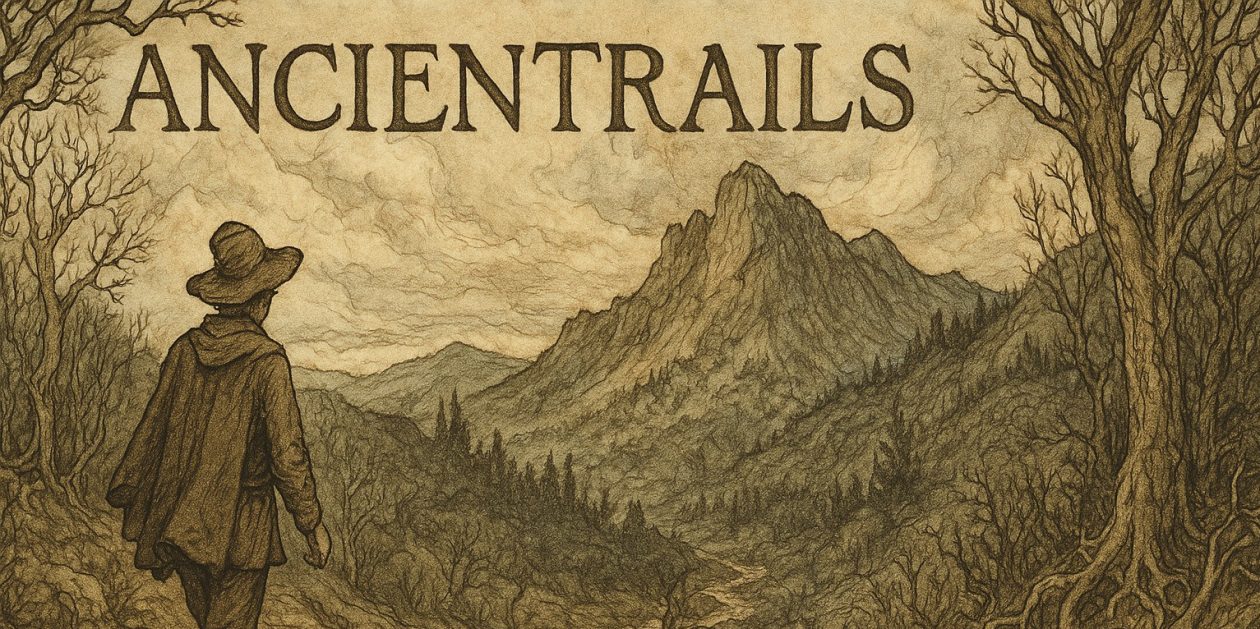Spring Day of the Dead Waxing Moon of the Southern Cross
Today we entered the Achatama desert, the driest desert in the Americas, perhaps in the world. They simply don’t get rain here. Except during El Nino. Then they flood. The last El Nino event for them was 1998 and the ruins of Tambo Colorado, an adobe palace built for administrators of the Inca Empire of this region still shows rivulets of mud that have dried now thirteen years, the last time rain came to in the Inka Department of Peru.
We docked in General San Martin port, named for the liberator Jose San Martin who landed here on his quest to beat back the Spaniards, contemporaneous with Bolivar in the north. He reportedly woke up one morning in Pisco, saw flamingos rising from a body of water and decided the Peruvian flag should have red white and red. Which it does.
The tour today took us inland through various regions of the Athacama desert, past small towns of the Inka Department, which has only 1% unemployment compared to Lima’s 10% plus 60% subemployment. I asked Yanina, our tour guide, why Inka Department had such a favorable rate and she said the economy has mining, agriculture and fishing plus a bit of manufacturing, a balanced economic mix.
Our destination was Tambo Colorado, the best preserved Inca palace and grounds in the nation. The chaski, the means of passing messages and taxes by runners capable of running 24 K, could move communications more than 250 miles a day. This required secure trails and roads and these administrative centers helped protect the runners and to execute the Imperial affairs like taxes.
Tambo Colorado’s preservation is due to the extreme dryness of the Athacama Desert.
Stretches of the walls still have adobe with pigmentation in yellow and red, a remarkable state. The palace sits on a hill side overlooking the Pisco river valley below with excellent sight lines for defense.
The windows and doors of the palace have a trapezoidal construction which makes them more stable in earthquakes. Like many indigenous structures I have seen in Mexico and other parts of Latin America these withstand the earthquakes triggered by movement of the Nazca Plate while the cathedrals and other Spanish buildings do not.
After this visit, we motored over to the estancia of Peru’s Minister of Agriculture who has 200 hectares under intense cultivation, growing green asparagus, mineola and many varieties of grape. This is Peru’s wine making region and the source of the Pisco wine which Peru considers its national drink.
We had a meal which included small boiled potatoes on toothpicks with a cheese sauce, macadamia nuts grown on the estancia, plantain with cheese, turkey, rice, asparagus, maize and carrots.
The hacienda had a bath house with bougainvillea draped over its white lattice work, yellow loungers next to the blue painted pool and a low, one story adobe house, quite large with airy rooms. We used the family’s facilities while we were there so had a chance to see the inside.
I met the minister’s wife or his eldest daughter and chatted with her for a bit. She said they live in Lima part of the week and at the hacienda for the rest of the time. I asked here if they came down here for the sun. She laughed and said, “Yes.”
It was near here, at the Cerro Colorado, where a Peruvian archaeologist found several mummified remains of Paraccan culture individuals.
Back on board now and pulling away from the dock here in General San Martin port, headed next for Coquimbo, Chile with 2 days at sea before we arrive there.
